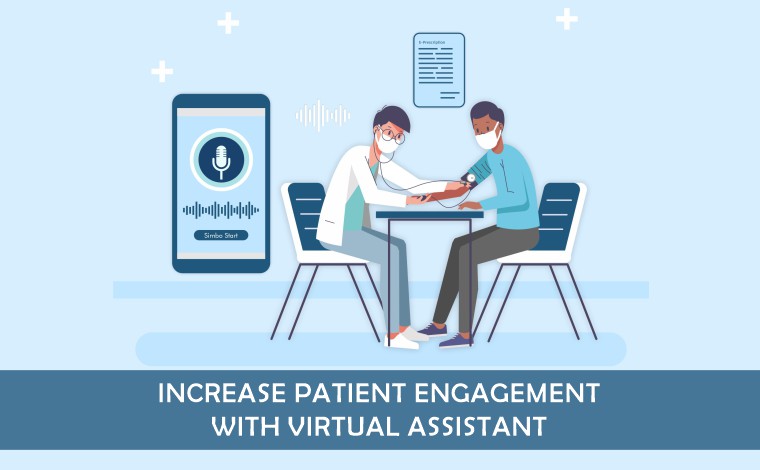


Pharmacy is a vital branch of clinical health science that serves as a bridge between medical science and chemistry. Its primary responsibilities include the discovery, production, safe and effective use, disposal, and regulation of medications and drugs.
The pharmaceutical and biotech industries of the 21st century have evolved significantly from their 19th-century origins. Looking back, the roots of the pharmaceutical industry can be traced to apothecaries and pharmacies that provided traditional remedies dating back to the Middle Ages, relying on a range of treatments derived from centuries of folk knowledge. However, the modern pharmaceutical industry began to take shape in the latter half of the 19th century. The scientific revolution of the 17th century ushered in new ideas of rationalism and experimentation, which combined with the industrial advancements of the late 18th century. This merger for the enhancement of human health was relatively late in coming. Merck, founded in Germany, is likely the earliest company to step into this new direction. Starting as a pharmacy in Darmstadt in 1668, it was not until 1827 that Heinrich Emanuel Merck pivoted the business towards an industrial and scientific focus, beginning the manufacture and sale of alkaloids.
The cost of prescription medications presents a significant challenge to public health. Currently, around 25% of individuals on prescribed drugs struggle to afford their medications, often resulting in skipped doses or delayed refills. Some patients may even halve their dosages to lessen the frequency of refills—this issue is known as Medication Adherence. While the costs associated with medical goods and services continue to rise, none have increased as drastically as medication prices—soaring by 33% between 2014 and 2020. Medication adherence is influenced by a variety of factors throughout the patient journey, but the financial burden of prescriptions profoundly impacts compliance.
Affordability of medication, whether for a one-time need or ongoing treatment, is a pervasive issue that affects many patients and infiltrates other aspects of their healthcare journeys. One way to alleviate this burden and enhance patient engagement is through patient financial assistance programs. Although these programs can provide crucial support, many patients report that they are often unaware of their existence or find them difficult to navigate on pharmaceutical company websites. Additionally, patients might need help understanding their eligibility and the application process—many assume that being insured automatically qualifies them for assistance, which is not always the case.
The journey toward financial assistance is ongoing, and patients require support and education to maintain their enrollment and provide necessary updates to continue receiving aid.
Digital literacy also plays a crucial role in this access equation. A significant portion of medication and care consumers, particularly those aged 50 to 64, utilize pharmaceuticals—three-quarters of this demographic are prescription users, compared to 91% of those aged 80 and older. However, these older patients often possess lower digital literacy skills, making it challenging for them to navigate the online processes involved in accessing assistance.